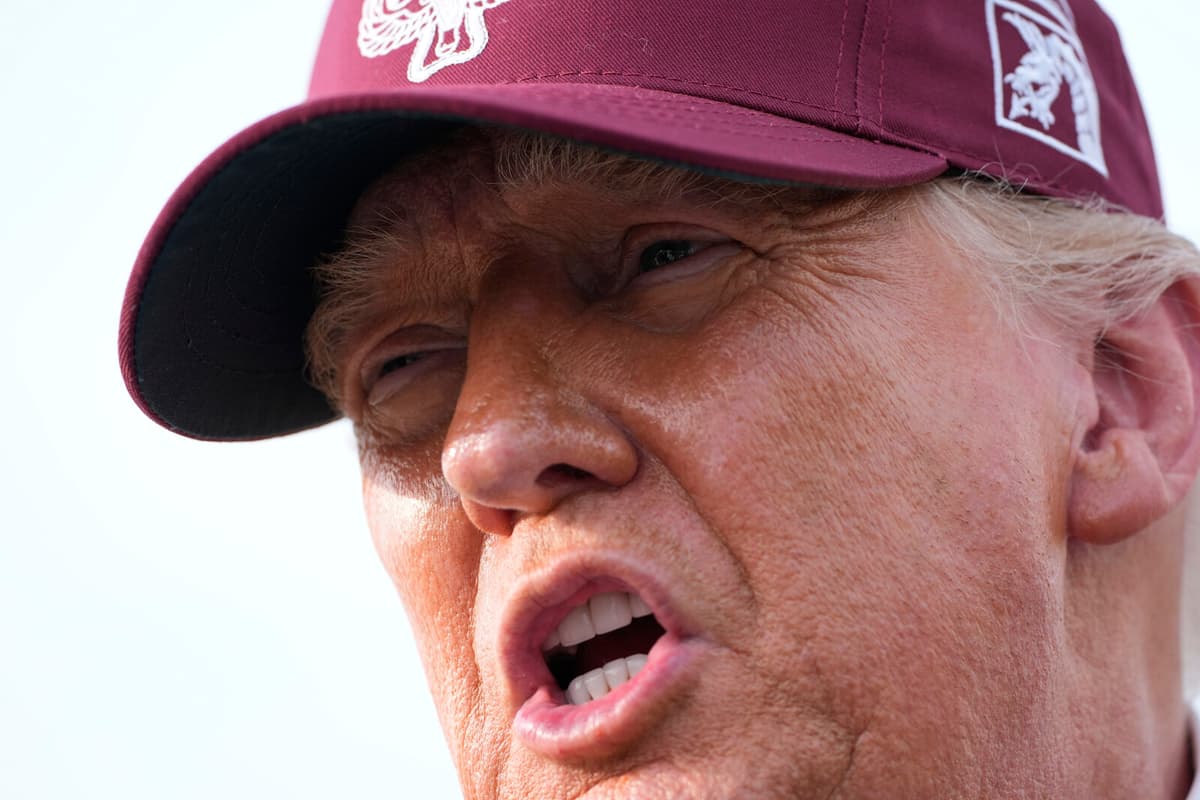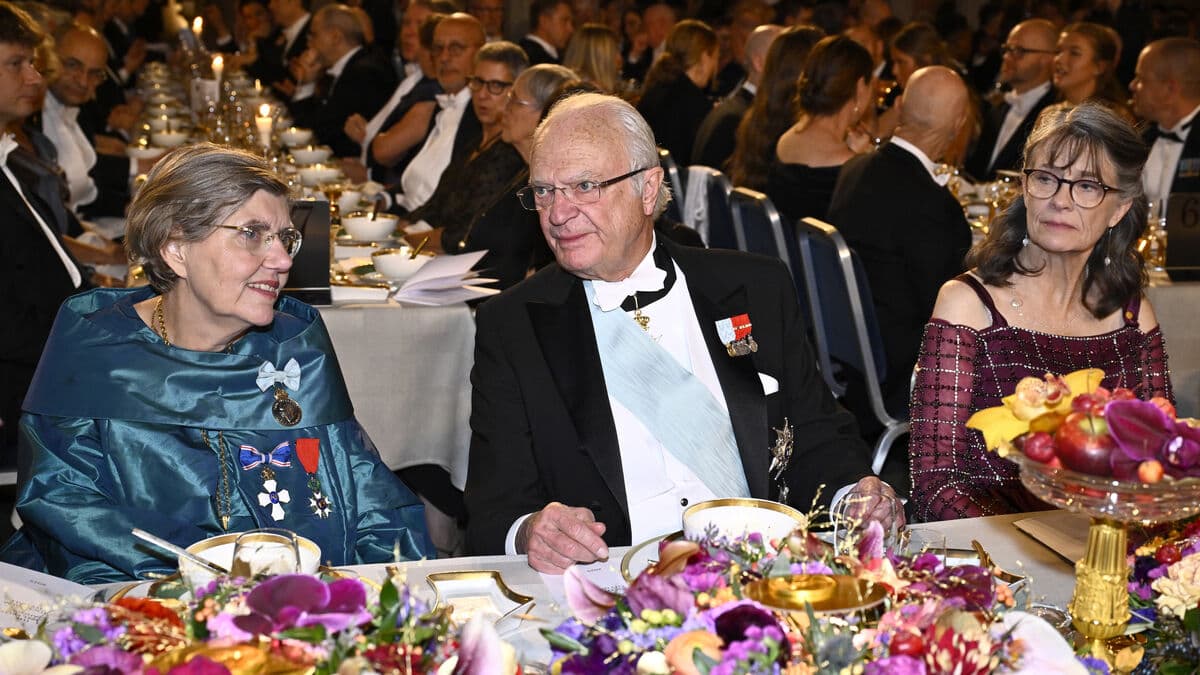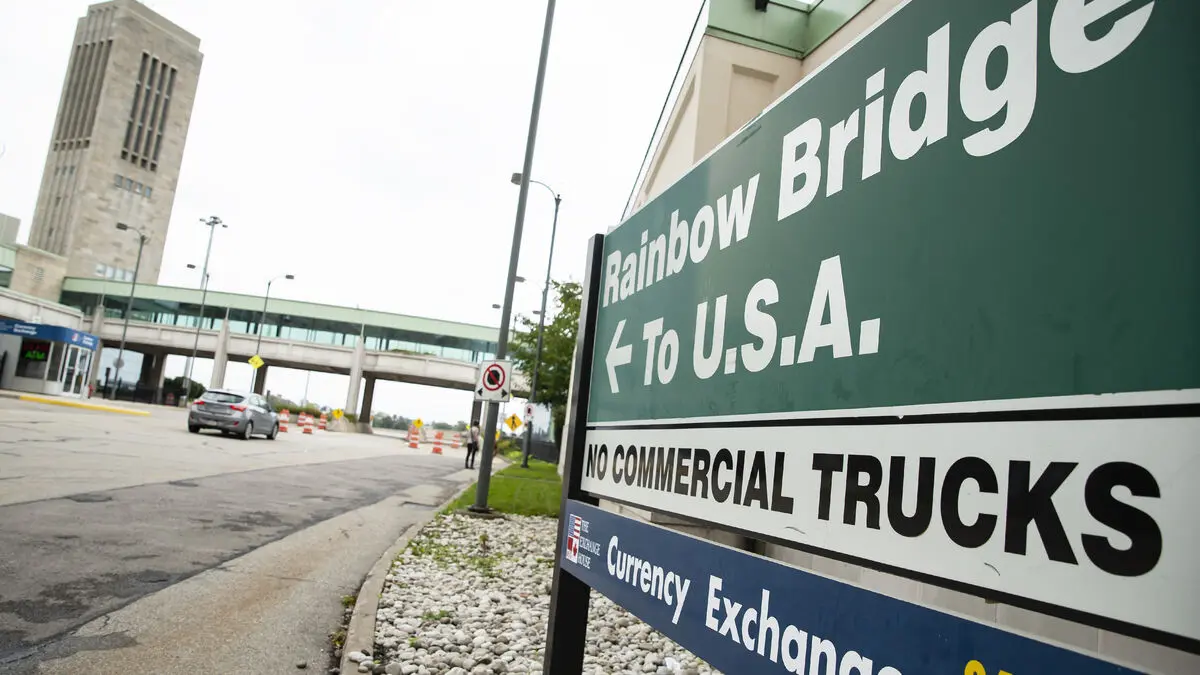”The higher you go, the more likely it is that they will build a factory here,” says Trump, who has previously introduced 25 percent tariffs on foreign cars.
The goal is to boost domestic production, he adds.
Earlier, Trump threatened to precede the deadline he had previously announced for the tariff pause – July 9 – and send out completed tariff agreements within two weeks, to negotiate new trade terms with the EU and the rest of the world.
We will send out letters in one and a half weeks, two weeks, to countries, and tell them what the agreement will be, said Donald Trump to journalists at the John F Kennedy Center in Washington on Wednesday local time according to Bloomberg.
At a certain point, we will only send out letters. And I think you understand that, when I say that this is the agreement, you can either accept it or reject it, he added.
Does not believe extended deadline will be "necessary"
The statement reminds of what Trump said on May 16, when he promised to have completed tariff rates on the US's trading partners "within two to three weeks" – a statement that was never followed up with any concrete numbers.
When asked if he could consider extending the previously announced negotiating deadline, which currently gives a tariff pause until July 9, Trump replied that he could consider this in order to get agreements in place with individual countries.
But I do not think it will be necessary, he added according to the news agency.
US Trade Minister Howard Lutnick said earlier on Wednesday that the EU – whose tariff agreement Sweden and Swedish companies are directly affected by – will likely be one of the last agreements the US will get in place.
Rare earth metals
Earlier in the week, trade delegations from the US and China agreed on a continued ceasefire in the trade war between the world's two largest economies. A so-called framework agreement that confirms what the countries agreed on in Geneva in May will, according to Trump, among other things mean that US tariffs on Chinese goods will average 55 percent, while China's tariffs on US goods will be around 10 percent.
The framework agreement's exact content has not been presented. It, however, put an end to two days of negotiations in London between the US and China and has, among other things, opened up for new Chinese licensing agreements for the export of rare earth metals and magnets to the US and for US universities to accept Chinese students.





